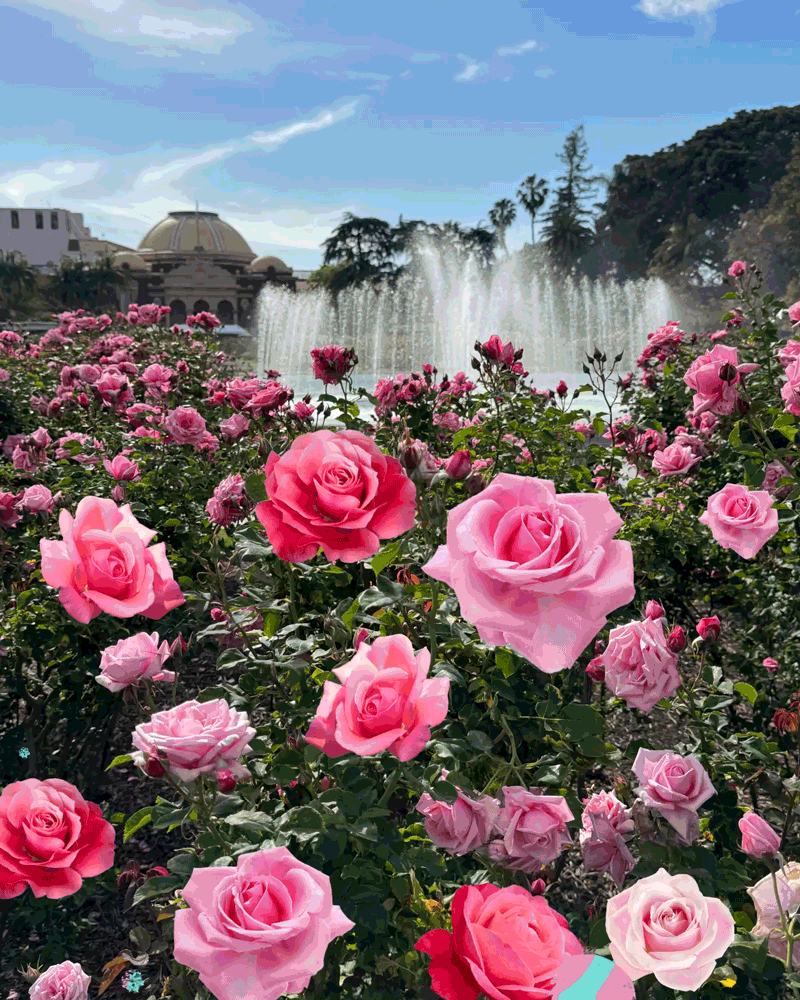Roses don’t need to be sacrificed to drought; teach them to be tough
- Share via
The perennial rose, symbolic of romance and luxury, is beloved of Southern California gardening buffs who like a front yard stacked with rose bushes.
But with the water shortage, should roses be sidelined in favor of cactuses and succulents?
Not necessarily, say gardening experts, who agree that with some tweaking, there is no reason why roses cannot continue to be a vibrant part of any garden.
“The thing about roses is they are such durable, long-lasting plants,” said Peter E. Kukielski, author of the upcoming book “Roses Without Chemicals: 150 Disease-Free Varieties That Will Change the Way You Grow Roses” (Timber Press) and former curator of the Peggy Rockefeller Rose Garden at New York Botanical Garden. “Not all roses are created equal. Some are tougher than others. Once a rose bush is established, you can make it do a lot of things.”
The fall is an optimal time to plant any perennial, he said, and if you’re considering planting roses, ensure that what you purchase now is on its own root, not grafted onto a different root stock.
“If a rose is grown on its own root, it will build up the strength within its own self,” he said.
Caroline Nichols, manager at the La Brea branch of Orchard Supply Hardware, says she is often asked about maintaining roses in a drought. She recommends a drip irrigation system as key.
“It will get water straight to the root, will establish it, and will help it thrive,” she said. “Roses can be surprisingly drought-resistant: They will grow regardless of the amount of water you give them. Once it’s established, it will grow. It still needs water, but not as much.”
Commercial rose growers are adapting to the drought.
“We’ve dialed watering back as far as we can without losing the roses,” said Hank Maarse, owner of Jacob Maarse Floral Design in Pasadena. “We’ve installed drip irrigation and stopped overhead watering. If we water as much as the rose wants, you see vigorous growth. Now, the plants are fine — they’re just not as happy as they could be, and they’re not shooting new buds.”
Kukielski said that the first year of starting a rose bush is the most critical.
“Water the rose enough to help get it going, but don’t over-water it,” he said. “If it is over-watered, it has no motivation to establish a root system. The plant really needs to search for water on its own. Don’t let it die by not watering it, because roses thrive on water, but not too much.”
Experts say it’s really a matter of tailoring expectations to the new reality of rose-growing: be mindful of watering and know that growth might be slower.
“It’s just a question of changing your mind-set,” said Jacques Ferare, vice president of plant development at Star Roses & Plants. “You can still have roses doing well with half the water that people are using now.”
::
How to keep roses healthy through a drought
Tips for yielding lush roses in a drought:
- Author and rose specialist Peter Kukielski advocates using compost with not too much fertilizer and a 5-inch mulch layer. Frequency of fertilizing depends on the rose variety, soil type and region — and ranges from every few weeks to every few months. “Don’t worry about feeding the roses but feeding the soil, so it is alive and dynamic,” Kukielski says. If in doubt, seek advice from a knowledgeable local nursery.
- Water roses using a drip irrigation system at least once a week, perhaps more when first establishing. Jacques Ferare of Star Plants says to check the soil around the roses before watering: “Stick a finger in the ground, and if the soil sticks to it, you can wait a bit longer before watering.” Monitor frequently.
- Some varieties tolerate drought better than others. Experts suggest speaking to your local nursery or gardener for what would work best with your soil. Just keep in mind that the most demanding roses have a higher petal count and a longer vase life, said Hank Maarse of Jacob Maarse Floral Design. But if that doesn’t matter, seek out more drought-resistant varieties. Hardier types include the Marie Daly, Knock Out and La Marne, available through Earth-Kind and other growers.






